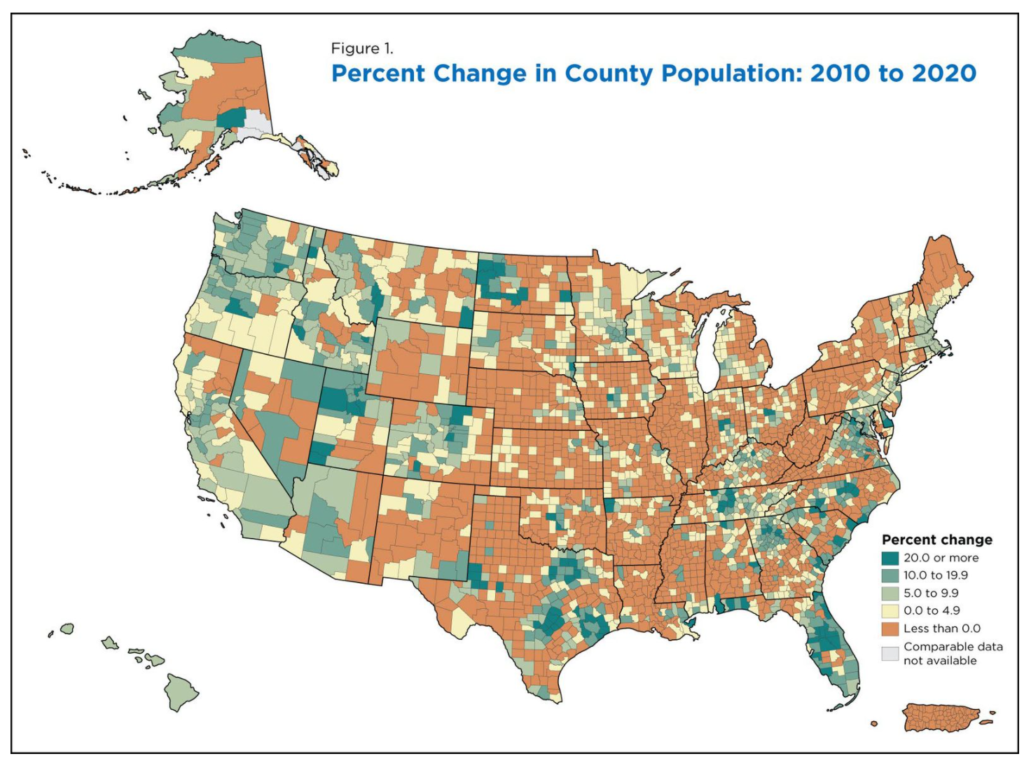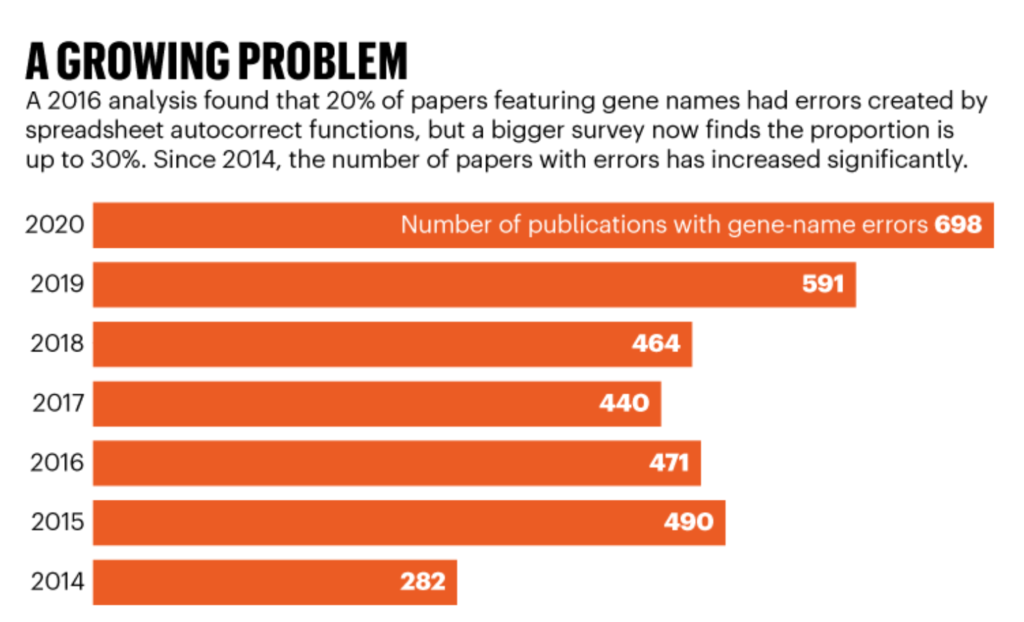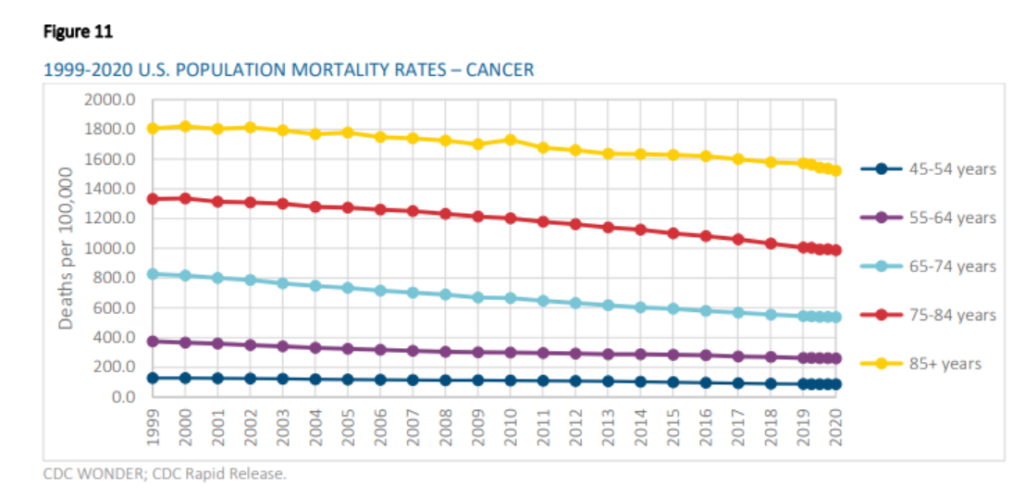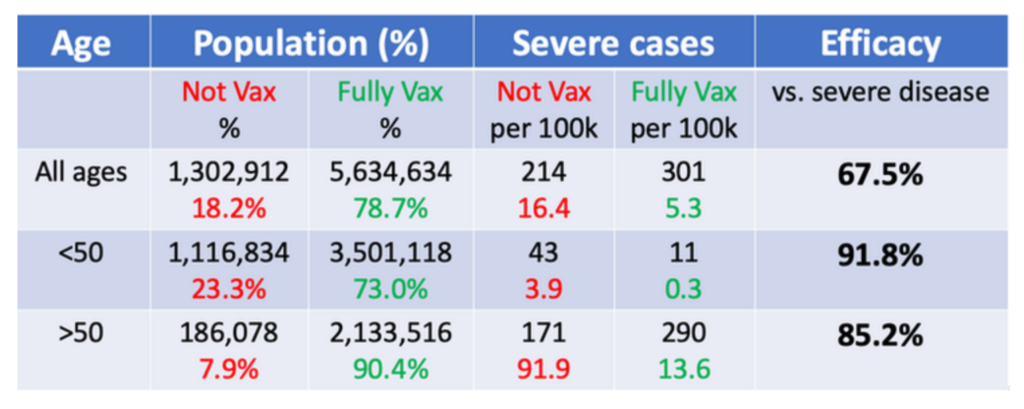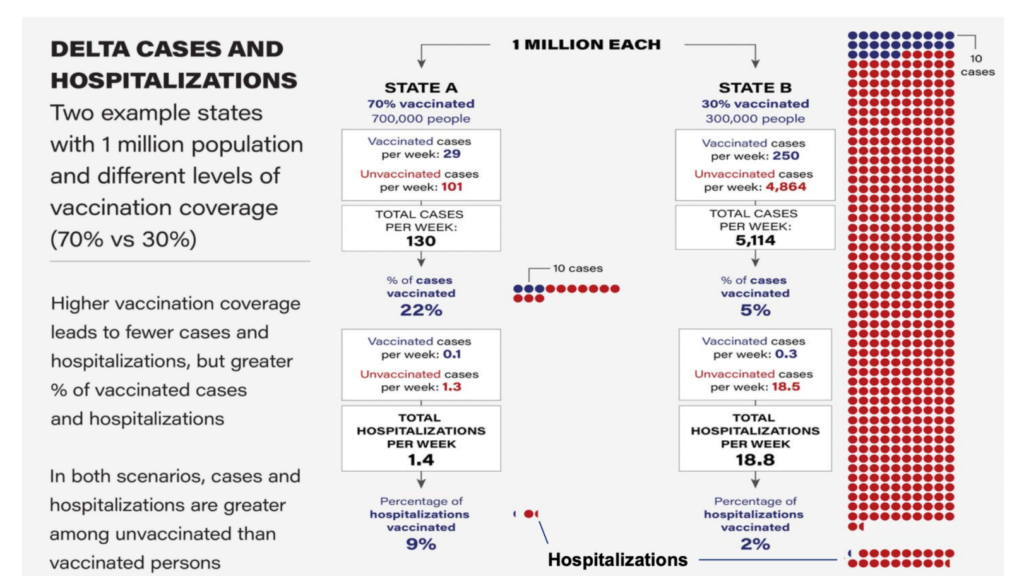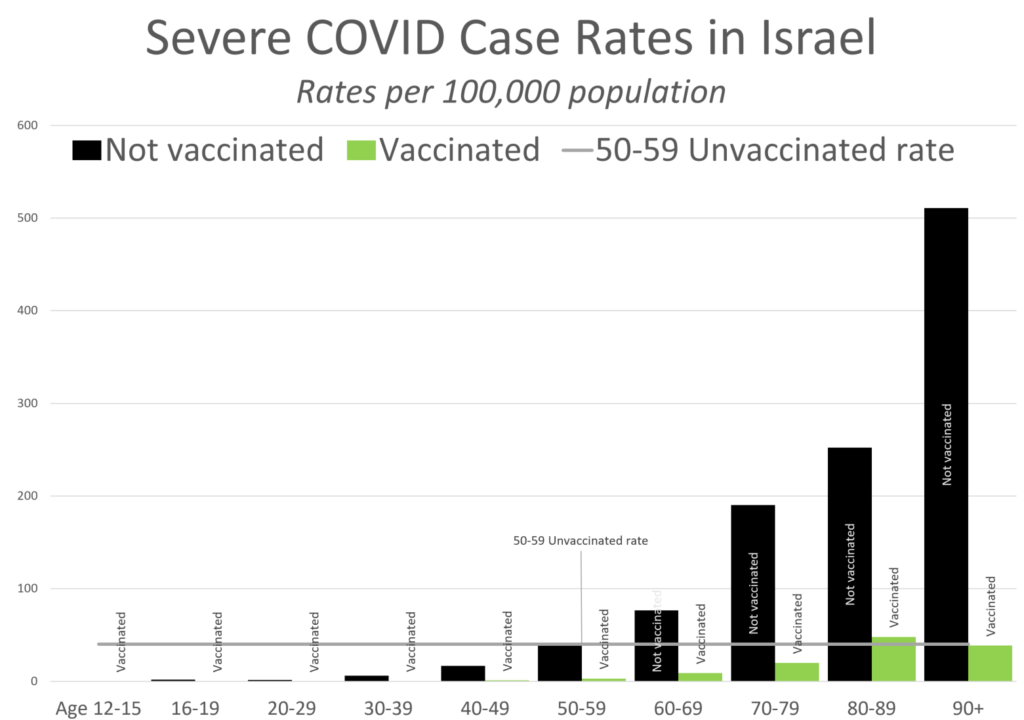Excerpt:
New data being released Wednesday by the Centers for Disease Control and Prevention warns of a “significant decline” in vaccine effectiveness against infection from COVID-19 in nursing home residents, as the highly contagious Delta variant of the virus causes a spike in hospitalizations among mostly unvaccinated Americans.
The release came as the Biden administration says it is preparing to offer booster shots for all Americans who got the Pfizer or Moderna vaccines, eight months after their second dose, beginning the week of September 20.
“Given this body of evidence, we are concerned that the current strong protection against severe infection, hospitalization and death could decrease in the months ahead, especially among those who are at higher risk or who were vaccinated earlier,” CDC Director Dr. Rochelle Walensky said at a briefing Wednesday.
Author(s): ALEXANDER TIN
Publication Date: 18 August 2021
Publication Site: CBS News


